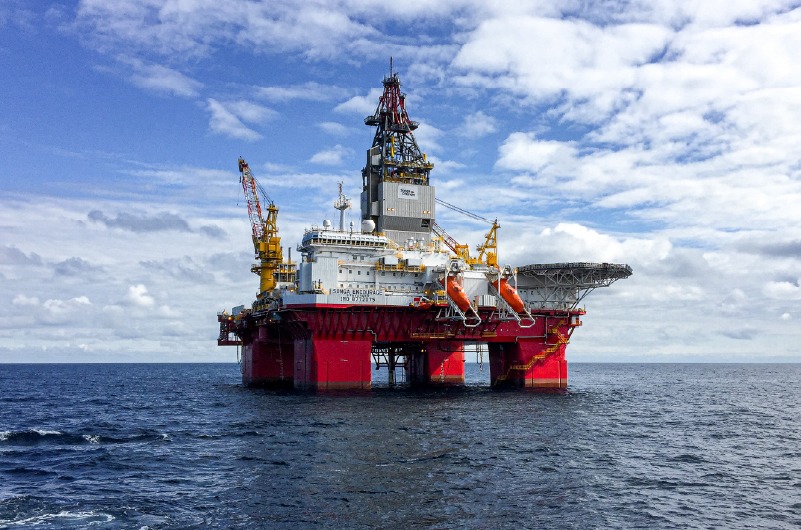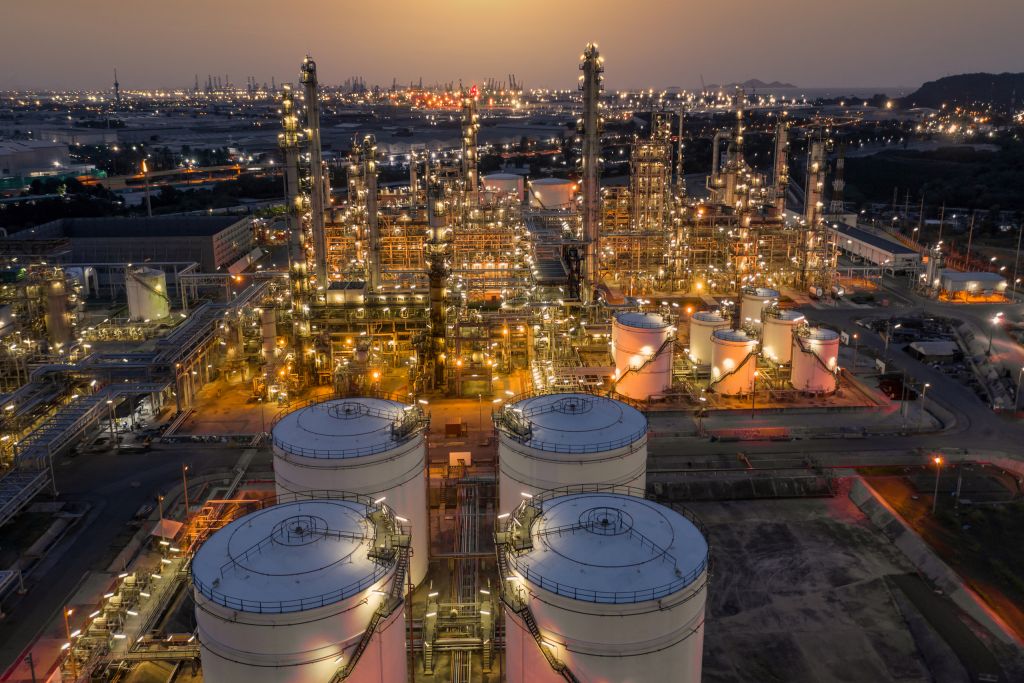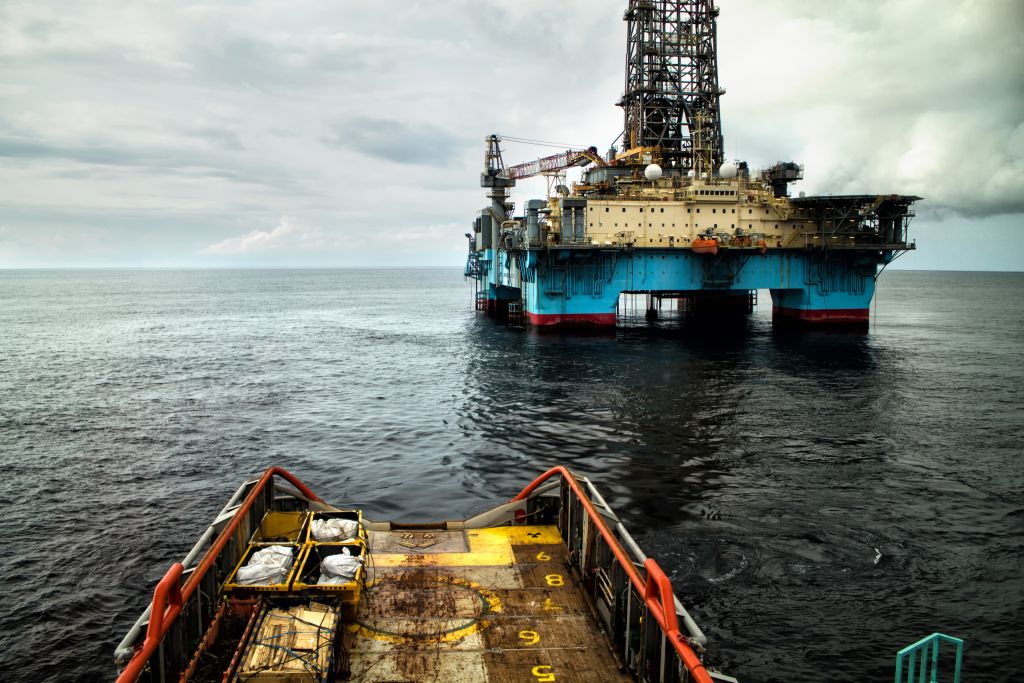Although each industry has its own specificities, it is common to find some standard problems in Oil and Gas companies, mainly due to poor data management and contextualization. As main focuses, we can mention the difficulty in assertively inspecting the structural integrity of the industry, lack of complete understanding of the efficiency of equipment, and poor operational and worker safety.
Therefore, knowing the recurrence of these problems, the following list shows how, through the digital transformation process, it is possible to minimize the consequences generated by poor data management, more specifically by applying Digital Twin technology to the operation and maintenance of these industries.
1. Remote inspections for integrity assessment
In the case of structural integrity, one of the main problems concerning this in Oil & Gas industries is corrosion, intensified even more in offshore facilities.
The fabric maintenance process, responsible for managing the ongoing repair and maintenance of structures, can be optimized in several ways, but digital applications usually generate the highest ROI afterward, especially Digital Twin. This process can be optimized by contextualizing data and applying several different technologies, such as Artificial Intelligence.
By specifying Vidya’s Digital Twin, it is possible to develop an assertive corrosion assessment process, quickly deploying the platform, and automatically creating complete and optimized maintenance and coating plans for the industry. To do this, one of our specialists collects images in the field using 360-degree cameras or drones, and the AI trained to detect corrosion points visually marks the locations with anomalies so that inspectors can later evaluate them remotely.
Therefore, it is possible to quickly prioritize the intervention on specific areas or equipment according to the criticality of each case, and reduce operational costs and the need for people on board, developing a safe and data-driven operation.
2. Data contextualization for process efficiency
In addition to high maintenance costs due to structural integrity problems, the Oil & Gas industry also has to deal with problems related to operational efficiency. Here, the use of new technologies helps to improve the understanding of operation data, predicting errors, and reducing unplanned downtime.
For example, with Vidya’s Digital Twin, our team can integrate the platform with PIMS (Plant Information Management System) to process the data already collected by sensors on field regarding the efficiency of the operation. This allows us to supply our AI algorithms with the available historical data to generate equipment failure predictions.
In general, this enables maintenance planning and budgeting to be much more assertive and faster, combining better decision-making by managers with great savings in the industry’s operational expenditures.
3. Visual scenario simulation for operational safety
Finally, the third major problem in the Oil & Gas industry concerns operational and worker safety. This is because the processes of intervention in a problem are usually presented in extensive documents, such as HAZOP (Hazard and Operability Study), HAZID (Hazard Identification), and PRA (Preliminary Risk Analysis).
To understand the sequencing of actions required to be taken in an emergency scenario, it is necessary to find among the many sources of non-integrated information which of the thousands of existing procedures is relevant to that particular situation, in that particular component. However, with the use of Vidya’s Digital Twin, it is possible to centralize these documents and create visual simulations of the intervention process in the industry to understand the necessary sequencing of actions and optimize decision-making.
In other words, with visual and more agile asset safety management processes, the risks of accidents in the Oil & Gas industry are drastically reduced and the management of interventions in the industrial plant becomes much more assertive.
Conclusion
Therefore, the application of the Digital Twin in the Oil and Gas industries allows for improvements from maintenance planning to greater operation and worker safety, resulting in a drastic reduction of its OPEX and accidents.
If you are interested in learning more about the application of Vidya’s Digital Twin technology in real industries, download our white paper below and understand the real value of Digital Transformation in the Oil and Gas sector:



